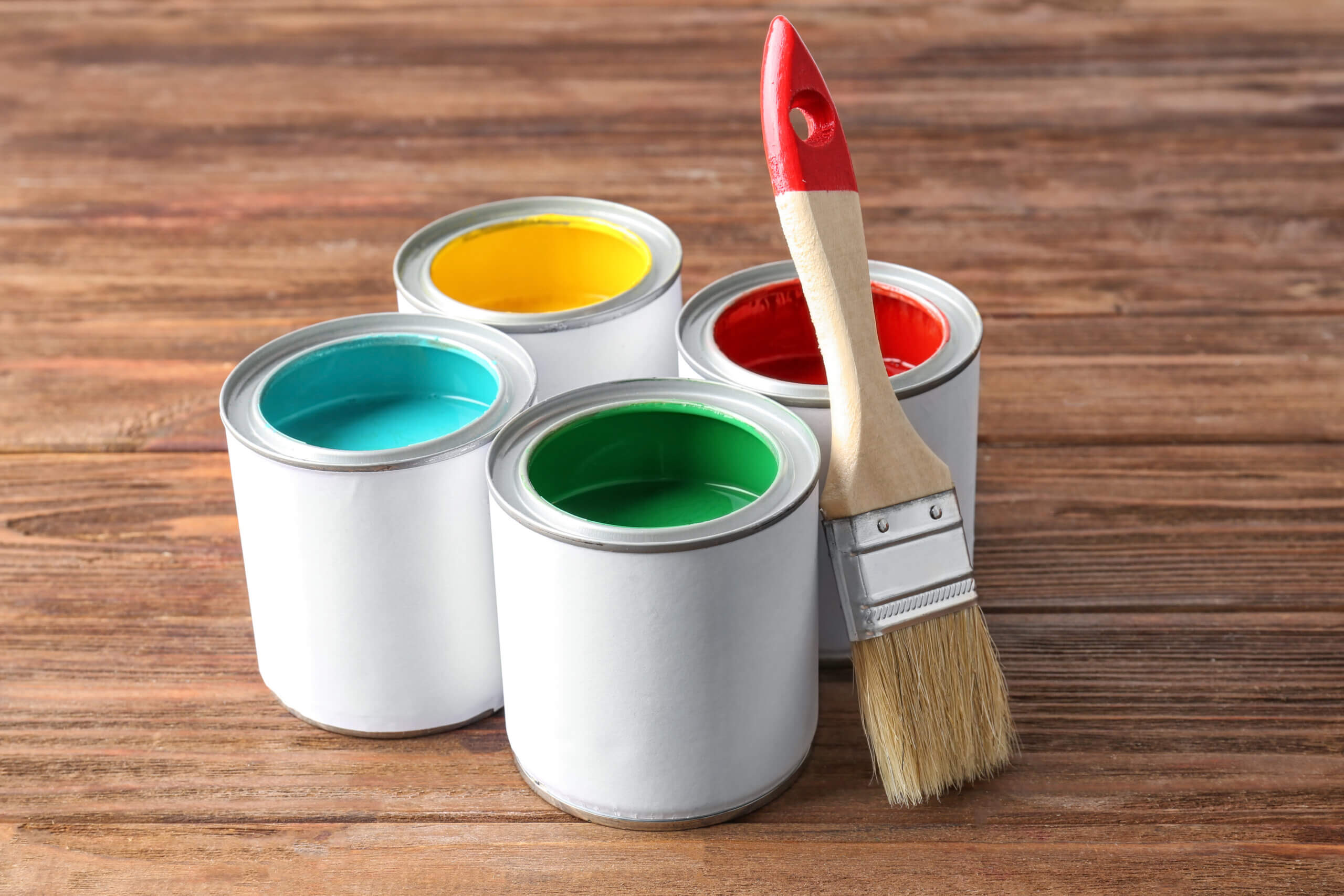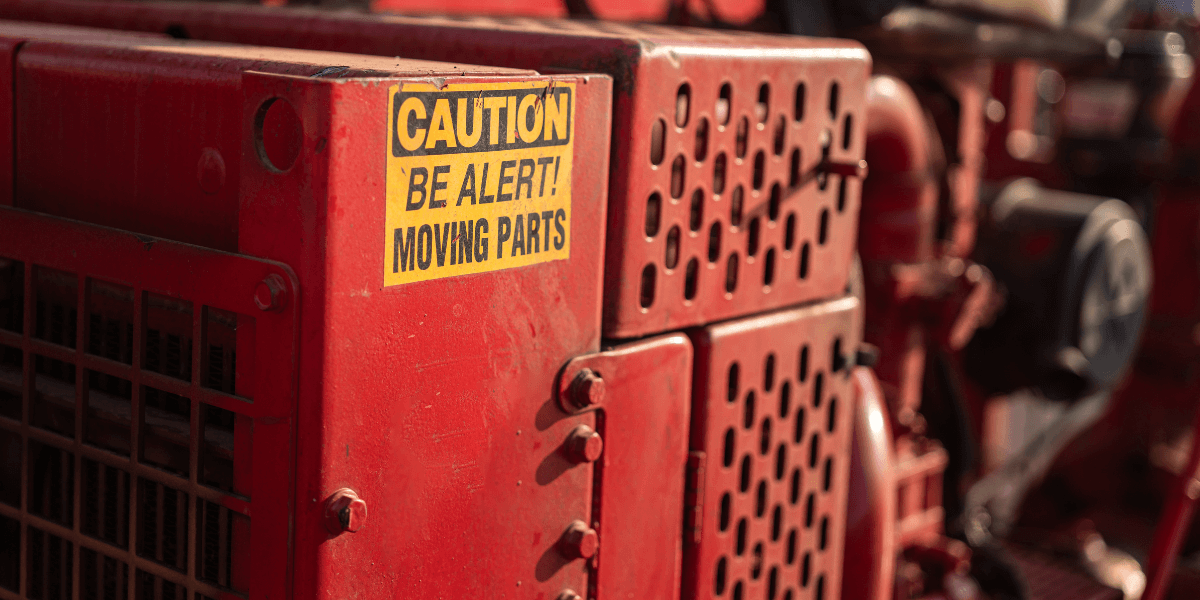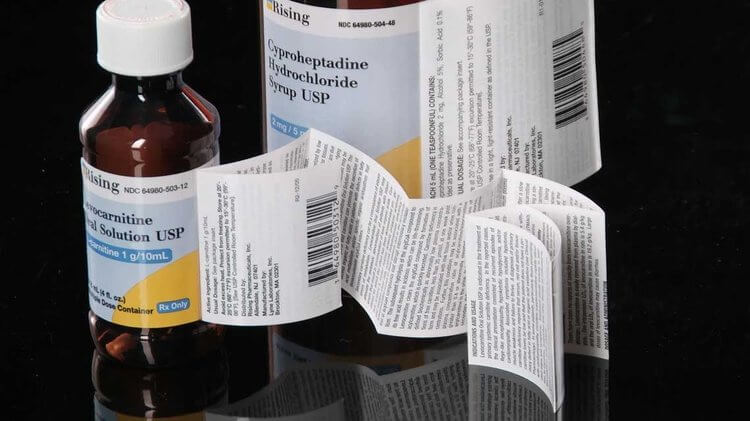Tough Labels: Durability is in the Design
Labels are a common marketing and informational tool these days, but not every one of them is effective. For example, if the wrong production process is used for a label then it may not be durable enough to excel in certain conditions such as chemical exposure. The same applies if the adhesive or materials are not compatible with the application surface. Tough or industrial labels have several purposes including the following application needs:
- Product Identification
- Maintenance
- Warning Symbols
- Medical Authorization or Validation
- Directions or Instructions
Tough labels are exposed to rigorous conditions and are often used to warn operators or users of potential dangers. This means they must be able to maintain readability, be highly durable, and have the right protection qualities. Simply choosing a design without considering all the application factors could not only be expensive, but dangerous.
Consider the Label Application Surface
Knowing the qualities of what you are labeling is beneficial during the development of a label construction. Before choosing your materials, consider the following:
- End Production Substrate– Different adhesives work with different substrates. Is the substrate aluminum, glass, plastics, or galvanized steel? Each may require testing of different acrylic and rubber based adhesives.
- Surface Conditioning– Identifying the characteristics of the surface area where a label will be applied is vital. Curved versus straight substrates, painted versus unpainted, textured versus untextured all change how an adhesive is able to adhere to a substrate.
- Climate and Temperature Exposure – Any product or item that will be exposed to extreme heat or cold needs an adhesive capable of withstanding these conditions.
Additional Label Decision Factors
While the application surface and characteristics are important, a few other decisions will play a role in the durability and effectiveness of any tough label. One consideration is the length of use after application: days, months, years, or permanently. Do they need to be removable or should they be permanent? In some circumstances, the labels have to be removed as information changes. Permanent labels will require a different material combination than removable. Here are a couple more factors to evaluate before making a decision:
- Sunlight Exposure
- Water Resistance
- Chemical Resistance
- Gas and Oil Exposure
It is always best to use an experience supplier who has tested the materials and inks to ensure the label will withstand these conditions. The team at Flexo-Graphics is backed by 30+ years of experience and can help you determine what labeling materials, substrates, finishes, and adhesives are best for meeting these application needs. Give us a call today to learn more!
THE LATEST FROM INOVAR
WE'RE HERE TO SERVE YOU
Creating and producing labels can be overwhelming, but our experts are here to guide you every step of the way. Whether you have a project ready to go, have questions about label applications or materials, or want to learn more about our services, our team is ready to assist you.




